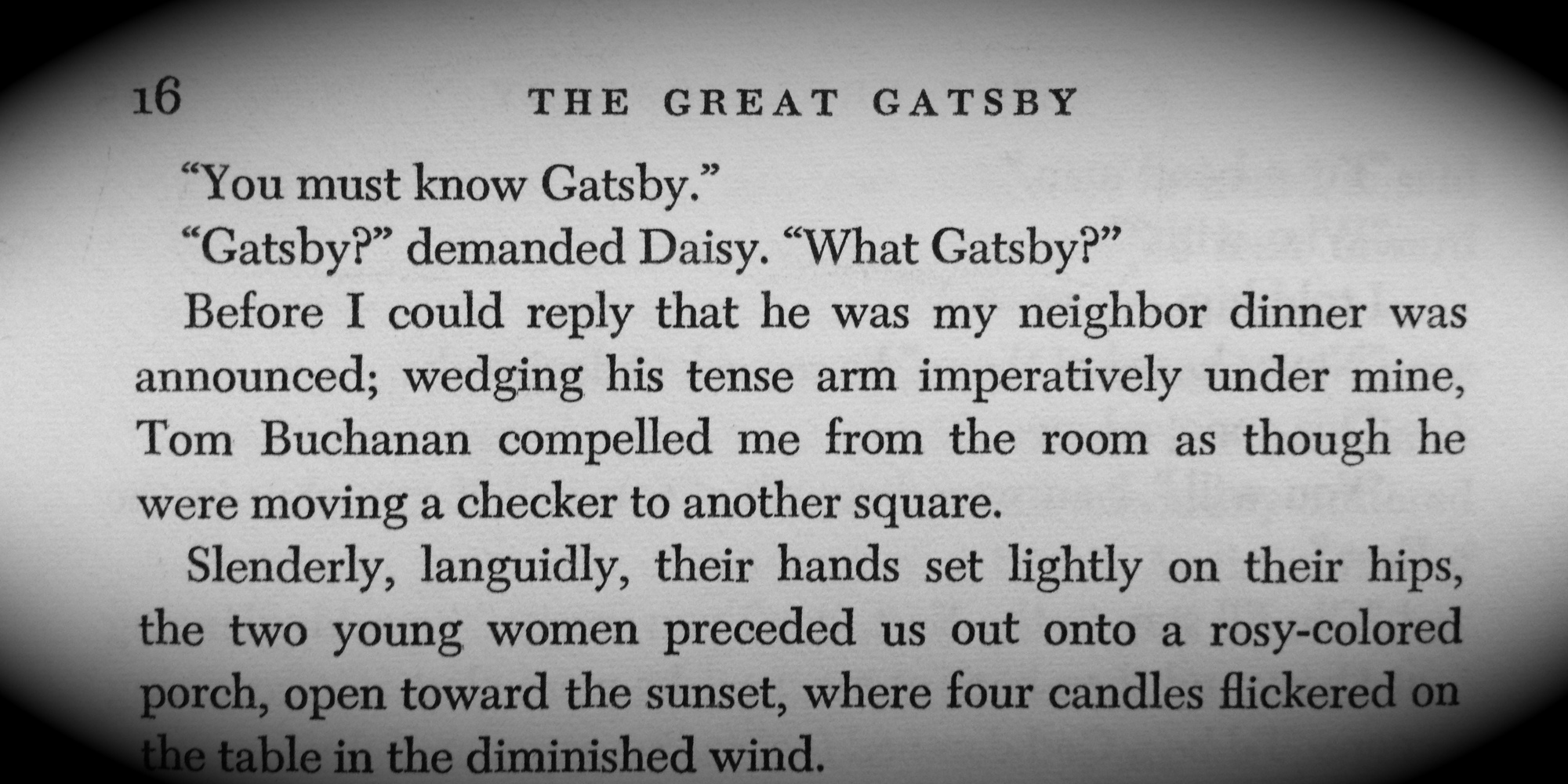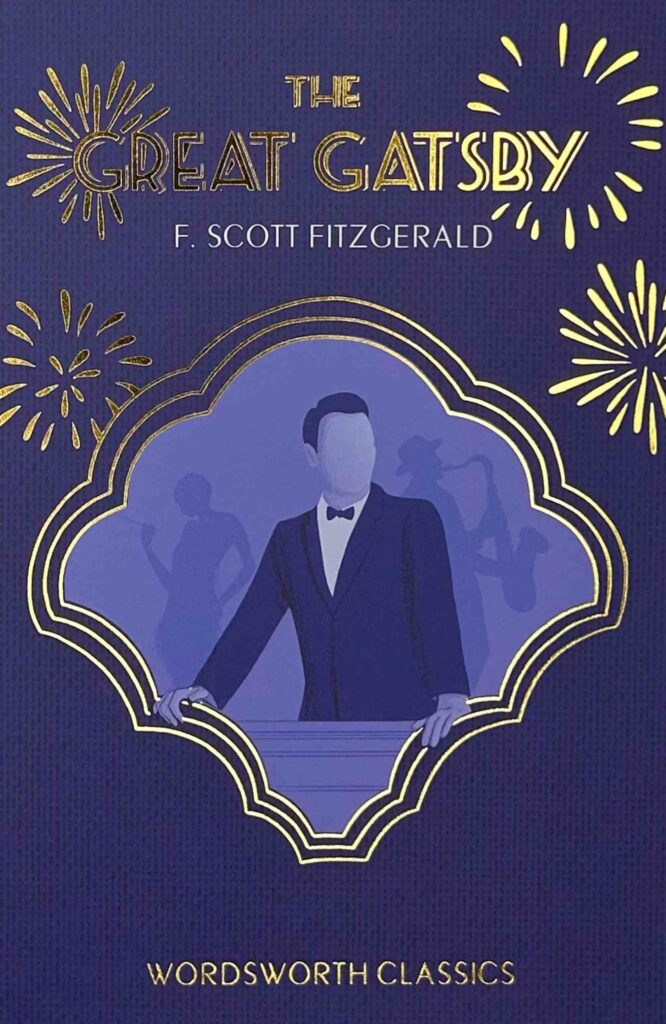
Wordsworth Introductions
Keith Carabine reflects upon our introductions in general, and The Great Gatsby in particular.
‘Wordsworth Classics’ began on the 5th of May 1992 when the founders, Mike and Helen Trayler, fulfilled their long-held dream of making classic fiction and non-fiction books available to the general reading public for a price they could afford, publishing twelve novels, including Robinson Crusoe, Pride and Prejudice, Jane Eyre, Wuthering Heights, David Copperfield, Tess, and Sons and Lovers. They cost £1, a staggeringly low price, given that Oxford World’s Classics and Penguin Classics cost between £4.99 and £6.99. In 1996, when Wordsworth could proudly boast that ‘that this series of £1.00 classics has won millions of admirers around the world’, the founders decided to match their rivals for quality while keeping their price at £1, and I was asked to choose and write an introduction to Joseph Conrad: Selected Short Stories. It appeared in 1997 with an 8000-word ‘Introduction’, a new, classy royal blue binding and an evocative cover illustration, By the Quayside: Newlyn Harbour, 1908 by Stanhope Alexander Forbes, a founding member of the Newlyn School of painters. Shortly afterwards I was invited to become the ‘General Adviser’ for Wordsworth Classics, commissioning editors, and overseeing all ‘Introductions’ and ‘Notes’. Since then around 150 ‘Classics’ have been published and the scores of editors I commissioned readily agreed to write ‘jargon-free introductions’ ‘that would appeal’, as I said in the ‘General Introduction’ to each volume, ‘to both the general reader and students.’
I have chosen to discuss the ‘Introduction’ to The Great Gatsby because it is popular with both groups, it is our best seller, and I greatly enjoyed collaborating with Guy Reynolds, who was then a colleague and friend in the English Department at the University of Kent. Guy boldly decided to sidestep the mass of critical commentary the novel has attracted, especially on ‘the American Dream’, providing instead a surprising and fresh ‘Introduction’ entitled “The ‘constant flicker’ of the American scene”. This strangely oxymoronic phrase occurs twice in the novel: Nick Carraway the narrator confesses that he is fascinated by the mechanical vitality of New York and by ‘the satisfaction that the constant flicker of men and women and machines gives to the restless eye’ (Reynolds’ emphasis); and Nick repeats the phrase: ‘Over the great bridge with the sunlight making a constant flicker upon the moving cars.’ This ‘constant flicker’ characterises ‘the distracted modern consciousness’, but Reynolds notes that it also ‘functions as the distinctive symbol of modernity, of the new’, prompting a finely detailed discussion on the technological circulation in the 1920s of such innovations as ‘electric lighting; cars; telephones; the movies and photography.’ ‘Artificial light’, Reynolds observes, ‘creates an original form of the modern landscape, a kind of urban pastoral that is both natural and man-made’; and he dwells on the uses of the telephone by crooks, criminals and conmen to show that Gatsby ‘is the confidence novel’ [think Huckleberry Finn] rewritten for the modern machine age.’ Furthermore, Reynolds suggests that ‘The Great Gatsby’s concision and splicing together of scenes echo the urgent rhythm of film’, and ‘The novel’s distinctive vignettes rest in the mind like a series of photographic images: Gatsby stretching his arms out to the green light; the panorama of the great party; the car crash; Gatsby’s body in the pool’.
In the closing pages of his introduction, Reynolds observes that ‘the leisure society’ Fitzgerald depicts ‘is a new formation of capitalism, driven by finance and speculation’ and the banking business is compared ‘to the magic of alchemy’: ‘I [Nick] bought a dozen volumes on banking and credit and investment securities, and they stood on my shelf in red and gold like new money from the mint, promising to unfold the shining secrets that only Midas and Morgan and Maecenas knew.’ (So, what else is new, we might ask?). Reynolds closes with the provocative claim that ‘Fitzgerald’s purpose, in the broadest sense, was to write a compressed and poetised novel about production in America’, leading to a concise description of how the novel ‘as an act of literary production had its own’ (complicated) ‘history’.
When I began 18 years ago it was widely thought that only Oxford and Penguin published good, prestigious editions of the ‘Classics’, but it is now evident that Wordsworth Classics match their rivals for quality, often at one-fifth of the price. Thus, though there are numerous editions of The Great Gatsby on the market, only the Wordsworth, I suggest, is worth buying for its introduction alone.
In future ‘Notes’ I plan to appreciate the very fine ‘Introductions’ by Michael Irwin to the works of Thomas Hardy and of Sally Minogue to the Brontës.
Keith Carabine
Books associated with this article
